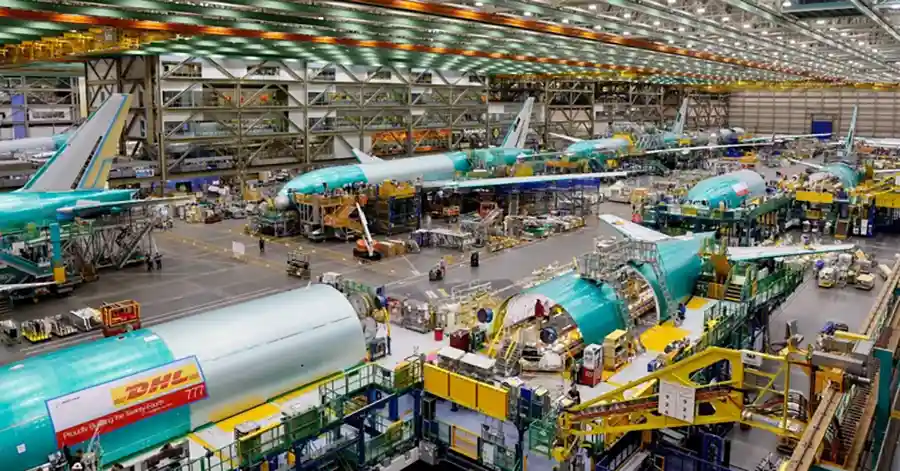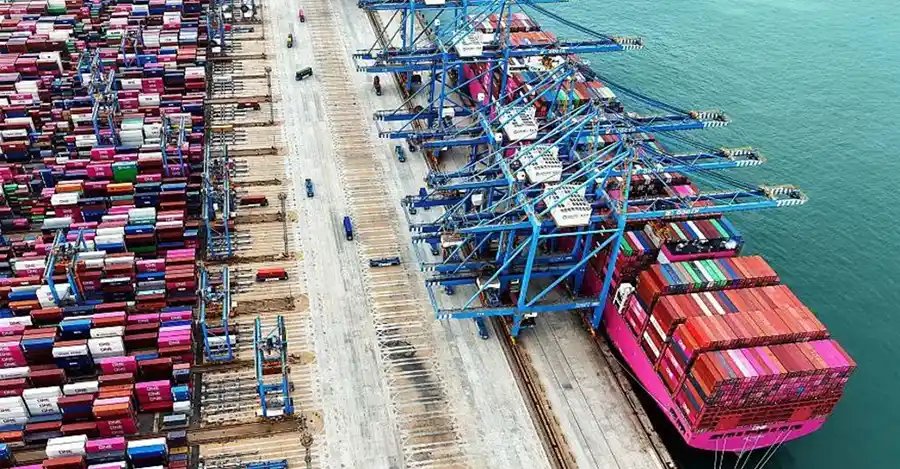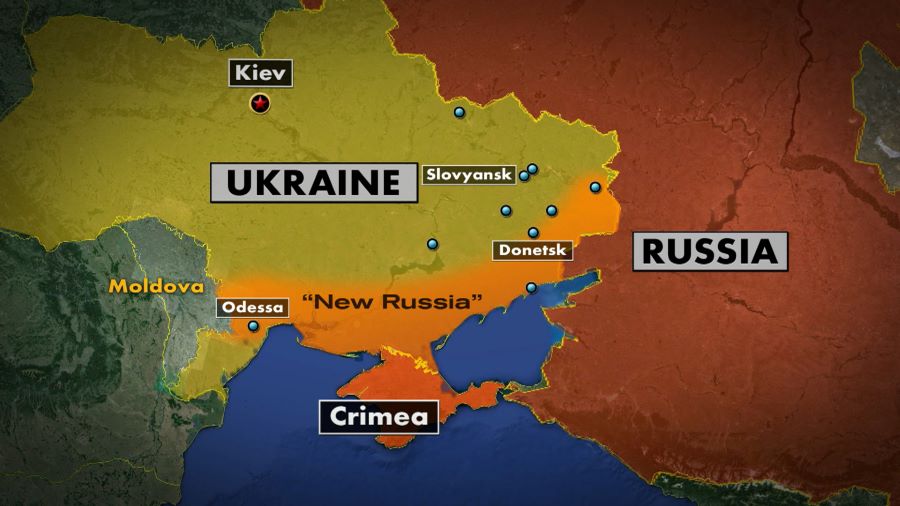Canada’s federal government has escalated trade tensions with automotive manufacturing giant Stellantis, explicitly threatening comprehensive legal action in response to the company’s proposed $13 billion investment redirecting Jeep Compass production from Ontario’s Brampton facility to the United States Illinois plant. This significant industrial dispute represents mounting concerns regarding Canadian manufacturing competitiveness, government financial commitments, and multinational corporate accountability within evolving North American trade dynamics.
Canadian Industry Minister Mélanie Joly has asserted that Stellantis violated a “legally binding” commitment to maintain manufacturing operations within Brampton in exchange for substantial government financial support packages. The threatened legal response encompasses comprehensive enforcement mechanisms, positioning the dispute as test case regarding corporate obligations within Canada’s increasingly competitive automotive manufacturing sector.
The announcement emerged following Stellantis’ revelation of major capital investments prioritizing American manufacturing expansion, creating significant employment jeopardy for Canadian automotive workers while raising broader questions regarding international corporate responsibility and government-negotiated manufacturing agreements enforceability.
Stellantis $13 Billion Investment: Details and American Focus
Major Capital Investment Announcement Details
Stellantis, one of the world’s largest automotive manufacturers controlling 14 distinct car brands internationally, announced a transformational $13 billion (£9.68 billion) investment program designed to strengthen manufacturing capabilities and expand American production capacity. The investment package represents the largest capital commitment in the company’s operational history, according to statements from chief executive Antonio Filosa.
The investment strategy explicitly prioritizes American manufacturing expansion, with detailed announcements emphasizing expanded US production footprint development. According to Stellantis official corporate announcements, the capital initiative aims to “drive growth, strengthen manufacturing footprint and bring more American jobs to states we call home.”

Jeep Compass Production Relocation Details
Within this broader investment framework, Stellantis proposed transitioning Jeep Compass manufacturing operations from Ontario’s Brampton production facility toward the company’s existing Illinois manufacturing plant. The Jeep Compass, a popular compact sport utility vehicle competing across mid-size SUV market segments, represents significant production volume at the Brampton facility, employing substantial workforce components within the Canadian automotive sector.
The production relocation strategy aligns with broader corporate strategic planning emphasizing consolidated North American manufacturing, particularly optimizing production efficiency across existing American facility networks. The Illinois plant modification and expansion would accommodate enhanced Jeep Compass production capacity previously serviced through Canadian operations.
Canada’s Response: Legal Threats and Government Position
Industry Minister Mélanie Joly’s Official Statement
Canadian Industry Minister Mélanie Joly responded directly to Stellantis’ announcement through formal correspondence with chief executive Antonio Filosa, explicitly outlining government objections and threatened legal enforcement mechanisms. Joly asserted that Stellantis and the Canadian government maintained documented “legally binding” commitments regarding Brampton facility manufacturing continuity in exchange for financial government support packages.
“The Canadian government has invested billions of dollars supporting this company, and this proposed relocation directly jeopardizes the future viability of our Brampton manufacturing facility,” Joly stated in official communications. The Industry Minister emphasized that Canada would “exercise all available options, including comprehensive legal action,” to enforce documented manufacturing commitments.
Government Financial Support Historical Context
Joly specifically referenced historical Canadian government intervention supporting Stellantis’ predecessor companies during the 2009 global automotive financial crisis. The government provided substantial financial rescue packages rescuing automotive operations from imminent bankruptcy conditions, establishing historical precedent for government-corporate partnership within Canadian manufacturing contexts.
“We were there for the company in 2009 to pull it back from the brink of bankruptcy, and now we expect you to be there for Canadians,” Joly asserted, emphasizing reciprocal expectations regarding corporate responsibility within government-supported manufacturing ecosystems.
Prime Minister Mark Carney’s Response and Employment Protection
Federal Government Coordinated Response Strategy
Canada’s Prime Minister Mark Carney intervened publicly, positioning the federal government as actively engaging with Stellantis regarding workforce protection strategies and employment opportunity preservation. Carney emphasized government commitment toward protecting existing Stellantis employees within Brampton operations while simultaneously developing alternative employment opportunities within regional economic frameworks.
“The government is actively working with Stellantis to protect workers employed at the Brampton facility while simultaneously creating new employment opportunities within local communities,” Carney stated publicly, demonstrating comprehensive federal engagement with manufacturing workforce implications.
The Prime Minister’s intervention underscores broader Canadian political concerns regarding automotive manufacturing competitiveness within North American contexts, particularly regarding employment preservation within traditionally manufacturing-dependent regional economies.

Provincial and Regional Employment Implications
Brampton’s economy maintains significant dependency upon automotive manufacturing operations, with Stellantis employment representing critical regional economic foundation. Production relocation would substantially impact regional employment, supply chain businesses, and supporting service industries dependent upon manufacturing facility operations. Estimated employment consequences affect thousands of direct manufacturing workers and considerably larger indirect economic communities.
According to Canadian labour statistics, automotive manufacturing employment remains foundational within Ontario regional economies, with facility closures and production relocations creating disproportionate economic hardship within manufacturing-dependent communities.
Stellantis Global Manufacturing Portfolio and Market Position
Comprehensive Manufacturing Operations Overview
Stellantis operates as multinational automotive manufacturer commanding 14 distinct automotive brands serving diverse international market segments. The company’s brand portfolio encompasses Alfa Romeo, Maserati, Jeep, Fiat, Citroen, Chrysler, Dodge, and additional specialized market segments. This comprehensive brand diversity provides Stellantis strategic flexibility regarding production allocation across global manufacturing networks.
Beyond North American operations, Stellantis maintains significant manufacturing capacity across United Kingdom, European continent, Mexico, and South American markets. This geographically distributed production capacity provides strategic optionality regarding manufacturing location decisions, enabling corporate optimization across international cost structures, regulatory environments, and market access considerations.
The company’s manufacturing strategy traditionally balanced production across North American, European, and emerging market regions, optimizing efficiency across diverse operational contexts. Recent investment emphasis upon American production expansion reflects evolving strategic priorities potentially rebalancing production distribution.
Corporate Strategy and Competitive Positioning
Stellantis maintains extensive manufacturing flexibility enabling rapid production shifting across international operations in response to market conditions, regulatory changes, and strategic business considerations. The $13 billion American investment program suggests corporate prioritization of US market expansion and North American manufacturing consolidation within contemporary business planning frameworks.
According to Stellantis corporate strategy documents, the company emphasizes electrification investments, manufacturing modernization, and geographic market optimization as central strategic priorities. American production expansion aligns with these broader strategic objectives while potentially compromising historical Canadian manufacturing commitments.
Trump Administration Tariff Policy Impact
US Car Tariff Implementation and Industry Effects
President Trump’s administration introduced comprehensive automobile tariffs designed to strengthen American automotive manufacturing competitiveness and protect domestic industry from international competition. These tariff policies create significant cost pressures upon automotive manufacturers operating across North American contexts, particularly affecting companies dependent upon cross-border supply chains and international component sourcing.
Stellantis specifically reported that Trump administration tariffs generated $349.2 million (£259.6 million) in documented costs during recent financial reporting periods. These substantial cost impacts reflect tariff policy significance upon automotive manufacturing economics, creating financial pressure incentivizing domestic production consolidation and North American supply chain reorganization.

Tariff Modification and Automotive Parts Strategy
Within initial implementation months, President Trump adjusted automotive component tariff policies, reducing tariffs upon foreign automobile parts following industry advocacy and economic impact analysis. These tariff modifications provided selective relief addressing automotive supply chain concerns while maintaining broader tariff protection frameworks supporting American manufacturing interests.
According to US Trade Representative announcements, tariff adjustments balanced protectionist industrial policy objectives against practical supply chain requirements necessary for sustainable American automotive production.
Canadian Softwood Lumber Tariff Dispute
Trump Administration Softwood Lumber Tariffs
Beyond automotive manufacturing considerations, Trump administration trade policy imposed comprehensive tariffs affecting Canadian resource exports, particularly targeting softwood lumber products. A 10% Trump administration tariff on Canadian softwood lumber implemented in October created combined levies exceeding 45% when combined with existing tariff structures from longstanding trade disputes.
Canada represents the world’s second-largest softwood lumber producer and major United States supplier, making Canadian softwood products economically significant within American construction and manufacturing industries. The combined 45% tariff structure substantially increases costs for American consumers and manufacturers dependent upon Canadian lumber inputs.
Broader US-Canada Trade Tensions
Trump administration trade policies targeting Canadian softwood lumber reflect broader pattern of trade tensions between American and Canadian governments. These tariff escalations complicate bilateral trade relationships, creating retaliatory response expectations and broader economic tensions affecting diverse bilateral commercial activities beyond automotive manufacturing sectors.
According to Statistics Canada trade data, Canadian softwood lumber exports to America generate billions of dollars annually, establishing tariff impacts affecting substantial economic interests across both countries.
Legal Implications and Precedent Considerations
Government-Corporate Binding Commitment Legal Questions
Canada’s threatened legal action against Stellantis raises significant questions regarding government-corporate binding commitments, financial support conditions, and corporate accountability frameworks within international manufacturing contexts. The Canadian government’s assertion of documented “legally binding” commitments suggests documented contractual arrangements establishing manufacturing continuity obligations in exchange for government financial support.
Such disputes test judicial interpretation regarding government financial support conditionality, corporate mobility rights, and government enforcement capabilities regarding documented manufacturing commitments. Successful legal action would establish important precedent regarding government capacity to enforce manufacturing location requirements upon multinational corporations, potentially affecting future government-industry negotiations across automotive and other manufacturing sectors.
According to Canadian legal analysis sources, contract enforcement questions regarding government-corporate agreements involve complex considerations balancing corporate commercial flexibility against government financial commitment protection.

International Corporate Mobility and Government Authority
Broader questions regarding government authority to restrict corporate manufacturing relocation intersect with international trade law considerations, corporate operational flexibility expectations, and government regulatory power limitations. Stellantis’ multinational status complicates legal enforcement mechanisms, potentially involving international trade agreement considerations and corporate nationality implications.
Manufacturing Competitiveness and Future Implications
Canadian Automotive Manufacturing Challenges
This dispute reflects broader challenges confronting Canadian automotive manufacturing competitiveness within evolving North American economic contexts. Traditional automotive manufacturing employment within Canada faces structural pressures from international competition, technological transformation, and shifting corporate production strategies prioritizing American consolidation.
According to Canadian industry analysis, Canadian automotive manufacturing employment has declined substantially over recent decades, with further consolidation risks emerging from contemporary manufacturing strategy adjustments.
Future Government-Industry Relations
The Stellantis dispute may establish important precedents regarding future Canadian government relationships with multinational automotive manufacturers. Successful legal enforcement could establish stronger government capacity to ensure manufacturing commitment compliance, potentially strengthening Canadian negotiating positions in future manufacturing support discussions.
Conversely, corporate legal victory could reinforce corporate autonomy regarding manufacturing location decisions despite government financial commitments, potentially weakening future government negotiating leverage.
Conclusion: Escalating Canada-Stellantis Dispute with Significant Manufacturing Implications
The Canadian government’s threatened legal action against Stellantis over $13 billion American investment relocating Jeep Compass production from Ontario represents significant manufacturing industry dispute with implications extending beyond immediate corporate-government disagreement. This conflict crystallizes broader tensions regarding government manufacturing support, corporate accountability, and North American automotive industry competitive positioning.
The legal outcome remains uncertain, with substantial economic implications for Canadian workers, regional communities, and government-industry relationships. Resolution of this dispute will likely establish important precedents regarding government enforcement capacity for manufacturing commitments, potentially influencing future corporate investment negotiations and manufacturing strategy decisions across North American contexts.





















Comments